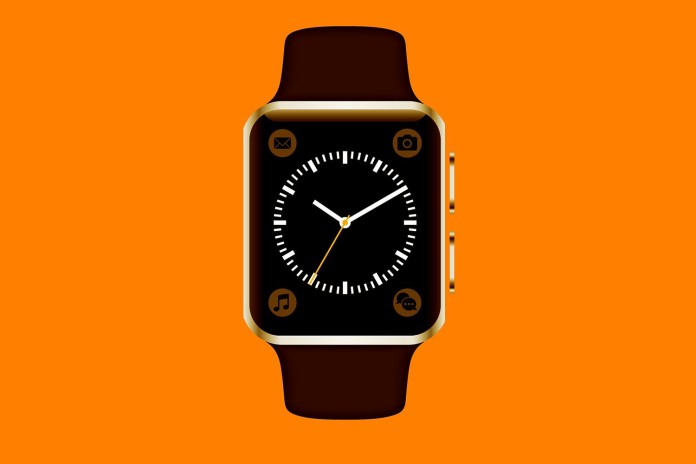
The Apple Watch turns one this month. Even with a year under its belt and a new celebrity-filled ad campaign, Apple’s device is struggling in the wearable technology market. Consumers aren’t responding well to the expensive smartwatch. Instead, they are flocking to the single-purpose devices offered by Fitbit.
Apple Watch: What’s the Point?
The Apple Watch gives users the ability to complete many tasks from their wrists. Many of those tasks can also be completed through an iPhone, making the need for an Apple Watch questionable. With no standout feature, it’s hard to find a reason to pay Apple’s entry fee for the smartwatch. The original $299 entry price for the Apple Watch was a bit hard for consumers to swallow. The Apple Watch saw a price drop of $50 back in March. It remains to be seen if that will make a difference for consumers, though.
Fitbit: The Minimalist Approach
Fitbit devices do much less than Apple’s Watch, but this hasn’t deterred consumers away from the fitness-centric devices. Available in many shapes and sizes, Fitbit devices give consumers the ability to track their heart rate, the number of steps they take, and their quality of sleep. The prices vary with the lower end Fitbit Flex at $99, and the high-end Fitbit Surge at $249.
Turning Things Around
We live in a world where everything can be done through our phones. With the Apple Watch, Apple is asking consumers to integrate a smartwatch into their phone use. Many features of the Apple Watch can also be completed by pulling out your phone, making the watch seem pointless. Fitbit is popular because it has found a specific niche and has continued to grow in it with upgraded devices. If Apple hopes to bring their smartwatch to the limelight they’ll either need to come up with a unique feature for the device, or drop the price closer to their competitors.

















